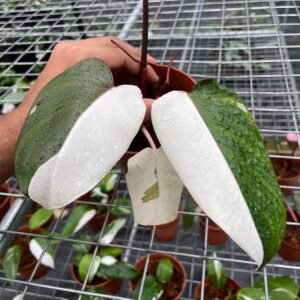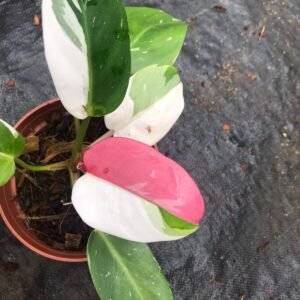Ceratonia siliqua, commonly known as the carob tree, is an evergreen tree native to the Mediterranean region. It is a medium-sized tree that can grow up to 30 feet tall and has a dense and rounded crown. The carob tree is known for its leathery, dark green foliage and attractive reddish-brown bark.
The fruit of the carob tree, also called carob pods, is the main highlight of the tree. The pods are long and dark brown, resembling a bean or pea pod in shape. Inside the pods, there are edible seeds surrounded by a sweet and sticky pulp. The pulp of the carob pod is commonly used as a chocolate substitute in baking and confectionery due to its naturally sweet flavor.
Carob trees are highly adaptable and can grow in a variety of soil types, including poor and rocky soils. They are drought-tolerant and can withstand harsh environmental conditions, making them well-suited for Mediterranean and arid regions. The tree produces small, inconspicuous flowers that are pollinated by wind or insects.
Interesting Fact: One interesting fact about the carob tree is its historical significance. Carob has a long history of use and cultivation, dating back thousands of years. In ancient times, carob pods were used as a form of weight measurement, which led to the term “carat” used to measure the weight of gemstones. The pods were also used as a source of food during times of famine or as a nutritious feed for animals. Additionally, the wood of the carob tree is highly valued for its durability and is often used in the crafting of furniture and other wooden items.
Carob is not only appreciated for its culinary uses but also for its nutritional benefits. It is rich in fiber, antioxidants, and minerals like calcium and iron. The carob tree continues to be cultivated and cherished today for its versatile applications and its ability to thrive in challenging growing conditions.







Reviews
There are no reviews yet.